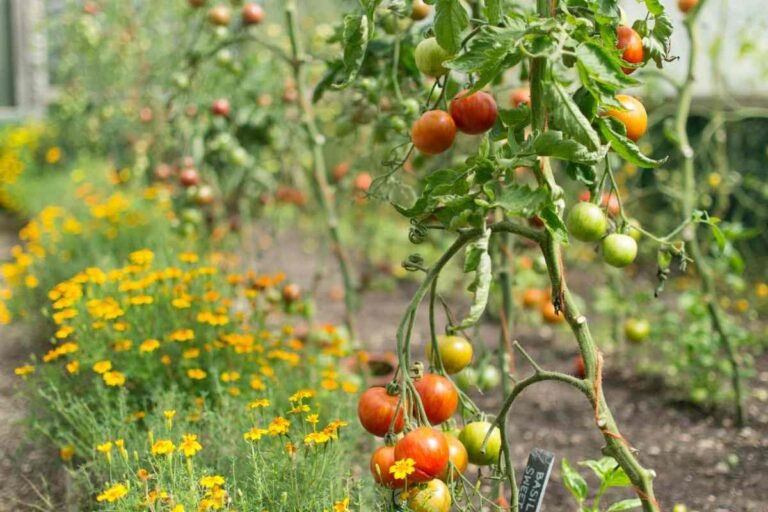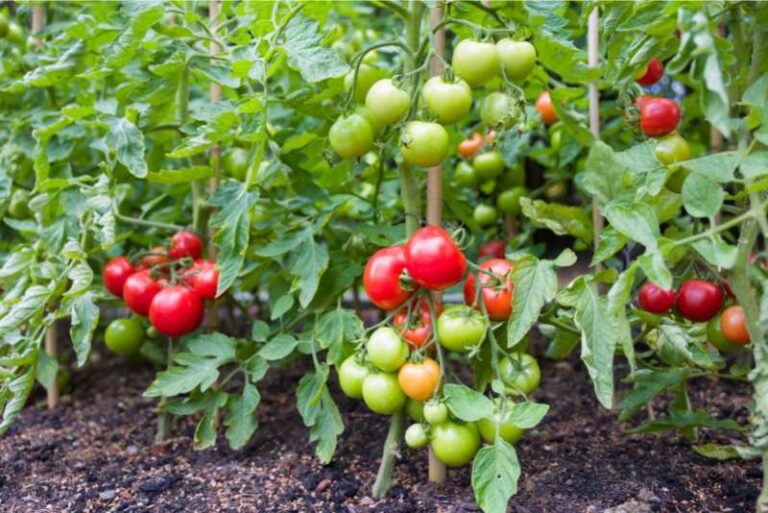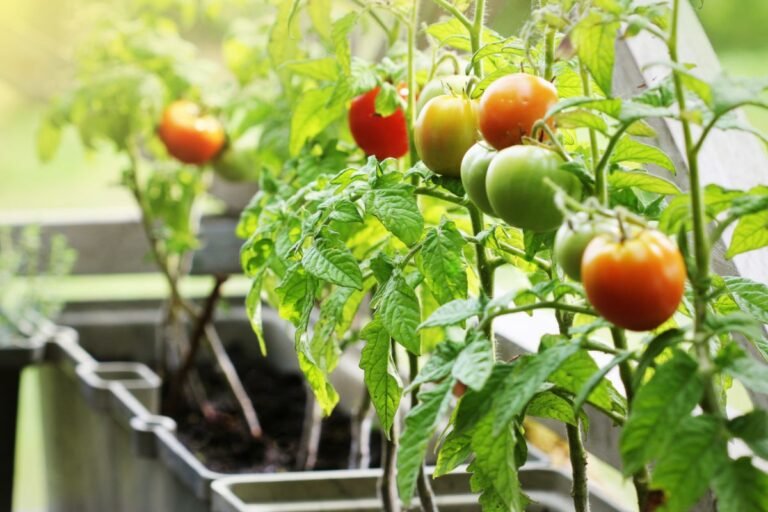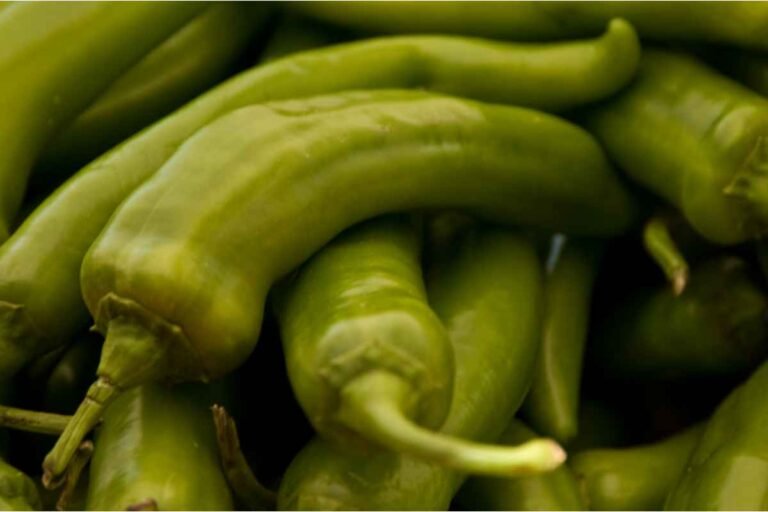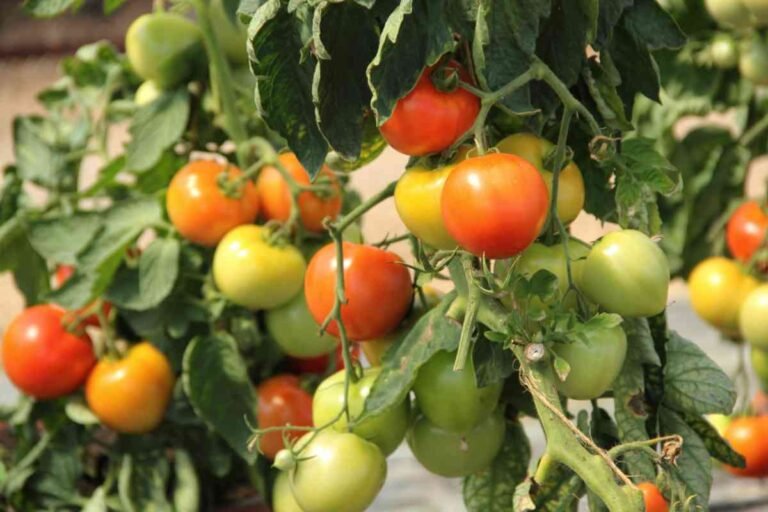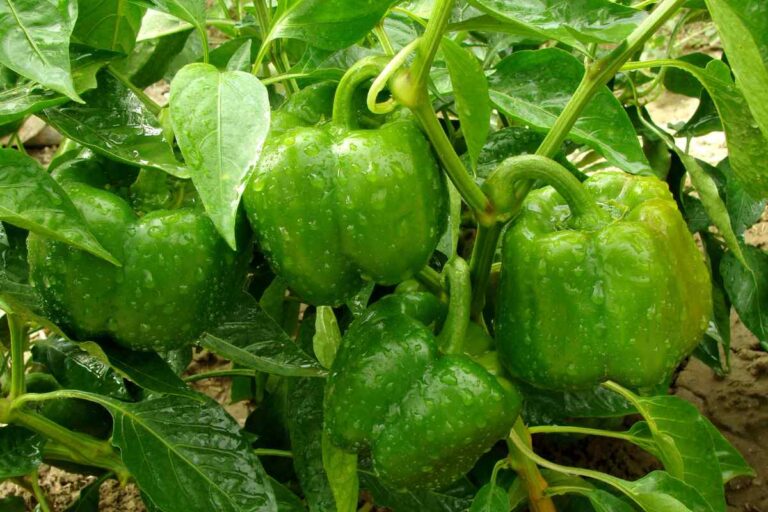How To Grow Garlic In Pots?
Garlic is one of the simplest garden plants to grow. Growing garlic in pots and containers requires patience and planning. But, it is not as tough as growing tomatoes and provides great experiences for your kitchen garden. Garlic plants are almost pest-resistant. This makes it essentially just a water and wait task. This article provides some simple steps for how to grow garlic in pots regardless of your available space.
Types of Garlic
The two varieties of garlic available are softneck and hardneck. Although their flavors are identical, which one is best for your region may depend on the growing conditions in your location.
Softneck garlic grows best in mild temperatures and typically has smaller, but more cloves per head. On the other hand, hardneck garlic thrives in colder areas and tends to yield larger, but fewer, cloves per head.
A distinctive blooming stem known as a scape is also produced by hardneck garlic down the middle of the head. While hardneck garlic only lasts about six months, softneck garlic can be kept for up to a year.
Steps for growing garlic in pots
1. Selecting the Best Garlic
The first step in growing garlic in containers is to select the appropriate variety. There are many varieties of garlic around (as discussed earlier), so choose one that will thrive in your environment and soil conditions.
Softneck kinds are generally preferred for container gardening, while hardneck kinds may be preferable if you don’t have enough space for many pots. Choose varieties created solely for container gardening; they yield larger bulbs with fewer cloves than other kinds.
2. Obtain the proper garlic cloves for planting
Garlic is grown from bulbs known as cloves, which are made up of multiple individual cloves firmly wrapped together. When purchasing garlic bulbs for planting, make sure they haven’t been chemically treated with waxes or oils, as these treatments hinder good root development and may cause difficulties later on. Look for solid, unwaxed bulbs with flexible wrapping; avoid any that are weak or spongy or show symptoms of rot.
3. Select the right pot
A pot that is about 18 inches deep and approximately 12 inches broad is required for garlic. Use a half barrel or other big containers with holes punched in the bottom for drainage; this is the best option. You can also use a wooden box, but make sure it has holes drilled in the sides close to the top of the box and drainage holes in the bottom.
4. Choose the appropriate pot size
Any size container with holes drilled at the bottom can be used to grow garlic. Choose a pot that is almost twice as big as the garlic bulb itself as a general rule of thumb. So that extra water can drain from the pot when it is watered, the pot should have drainage holes at the bottom.
To ensure that water can quickly drain from a pot after watering, make sure to place it on top of something like an upside-down bowl or an upturned clay saucer if it has no holes.
5. Choose the proper soil
A potting mixture that drains properly while holding onto moisture and nutrients is ideal for growing garlic. You should be able to get some high-quality potting mixes at your neighborhood nursery, or you can make your own by mixing equal quantities of peat moss and vermiculite. This is a great option as well if you’re fortunate enough to have access to rich garden soil.
6. Cultivate garlic in the spring or fall
Garlic should be planted in the fall or spring when the temperature is above 16 °C). Wait until spring if you can, as planting garlic cloves too early can allow them to develop more leaves than bulbs. The plants should be tightly mulched with straw or another material that helps maintain high moisture levels if you wish to sow garlic to be harvested before summer.
7. Where should garlic be placed in pots?
Place garlic plants where they will get a minimum of four to six hours of sunlight each day because they like full sun. Moreover, keep them away from severe winds, which can harm their leaves and slow growth. Growing garlic in pots is best done in an east-facing window.
8. Putting soil in a pot
Make sure the soil you add to your container is light and well-drained to prevent waterlogging of your garlic plant. If you’re growing your garlic indoors, use potting soil rather than garden soil or compost because it won’t contain any weed seeds or pests that could harm your garlic plant. If you’re growing your garlic outdoors, use topsoil or compost.
9. Hydrating your garlic plant
The best time to water your garlic plant is when the soil is dry on top. Because there is a lower chance of fungal illnesses in the morning, this is the ideal time to water.
Throughout the growing season, garlic plants require a lot of water, therefore you must give them a sufficient amount. Make sure not to overwater your plants because doing so might lead to issues like root rot.
10. Composting your garlic plant
It is not necessary to fertilize garlic frequently; instead, you should only do so if it begins to seem pale or yellowish. You can apply granulated fertilizer or liquid fertilizer (organic or synthetic). Applying fertilizer of any kind requires caution because too much of it might harm or kill your plant.
Should garlic be sprouted before planting?
There are two methods you can use to grow garlic. Garlic can be grown from seed or purchased as a bulb to plant.
It is not necessary to sprout a garlic bulb before planting it. All that is required is that dirt is spread over the bulb’s bottom. If you reside in a warm environment, you can plant at any time of the year, although fall or early spring are the ideal times to do so.
If you choose to cultivate your own garlic from seed, you must first sprout it. Because garlic seeds are so small, they lack the energy necessary to grow a new plant on their own. They will die before entering maturity if they don’t receive enough water and sunlight when they germinate.
Is it necessary to soak garlic cloves in water before planting them?
As garlic is such a resilient plant, it doesn’t require soaking to flourish. Your cloves should only be soaked if they have been kept for a long period. It’s usually a good idea to soak them in warm water for 24 hours before planting if they have been lying in your storage for longer than six months.
Soaking the garlic seed before planting will improve germination rates if you are planting garlic from seed.
Will garlic regrow each year?
Although it is a perennial plant that grows year after year, garlic is not considered a “weed”. It belongs to the onion family and has been grown for many centuries.
Cloves planted in the fall or early spring sprout into plants. If you want to continue benefiting from garlic year after year, you must remove the leaves before they begin to blossom. The plants will endure the winter and blossom again in the late summer.
The greatest places to produce garlic are those where the temperature never drops below -12 degrees Celsius. The plant will die back if it freezes, but it should grow back when the conditions are right.
Garlic can be cultivated both inside and outside. Although it can tolerate some shade, it likes full sun. Rich soil that drains well and has a lot of organic matter added to it is ideal for growing garlic plants.
What effect does baking soda have on garlic?
Baking soda is an alkaline substance that can be used to neutralize acids. Vinegar is the most common acidic ingredient in food, and it is frequently used as an essential part of salad dressings and sauces. Garlic, on the other hand, is acidic and can be found in a variety of foods and recipes.
Baking soda neutralizes garlic’s acidity by converting some of it into sodium acetate, a salt with no flavor or texture. This causes a chemical reaction known as hydrolysis, which breaks down the bonds between atoms in the garlic molecules, allowing them to be separated more easily by water.
Baking soda does not alter the flavor or texture of garlic as a result, but it does modify its color by turning it from purple to white.
How deep should garlic cloves be planted?
Garlic is a resilient vegetable that thrives in a variety of climates. When planting garlic, there are a few things to keep in mind.
To prevent the cloves from being burned by the sun or damaged by frost, garlic should be buried two to three inches deep in the soil. The bulb should be planted flat side down so that it sprouts up through the soil instead of sideways.
Garlic should be cultivated in well-drained soil that is rich in organic matter and nutrients. It does not like to be overwatered, but it also does not like to be dry. When planting garlic, make sure your garden bed is free of large rocks or debris that could damage your bulbs during growth.
When should you pick your garlic?
When the leaves have fully developed, dried out, and turned brown, garlic is ready to be harvested. Even though the garlic bulb will have started to swell, harvesting won’t be possible until late August or early September.
Make sure to save 10% of the plant when you harvest your garlic so that you have seedlings for the next year. By doing this, you can make sure that your crop is strong and provide your crop for the next season with a solid start.
How long does it take for the sprouts of garlic?
The majority of garlic species sprout in between 4 and 8 weeks. It’s essential to keep in mind that depending on the type of garlic, the growing environment, and your climate, the time may change.
Garlic grows from an underground bulb since it is a bulb plant. Garlic needs time to grow a big enough bulb so you can use it as a vegetable or spice, which is why it takes so long for it to sprout.
Several factors may influence how rapidly your garlic develops once you’ve planted it in the ground or your garden. The most crucial element is sunlight; if your plant doesn’t receive enough of it, it won’t blossom or set seed.


